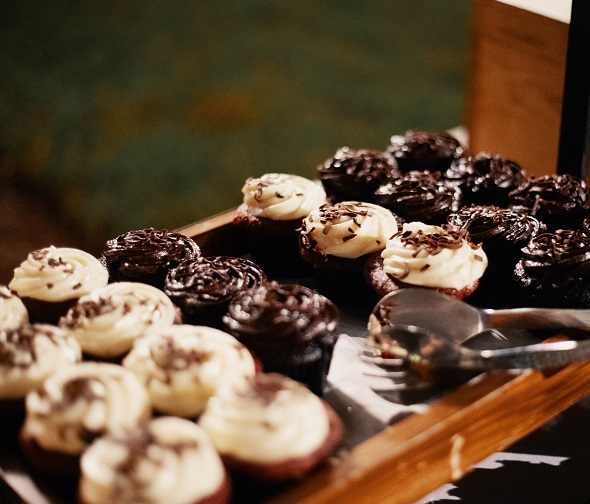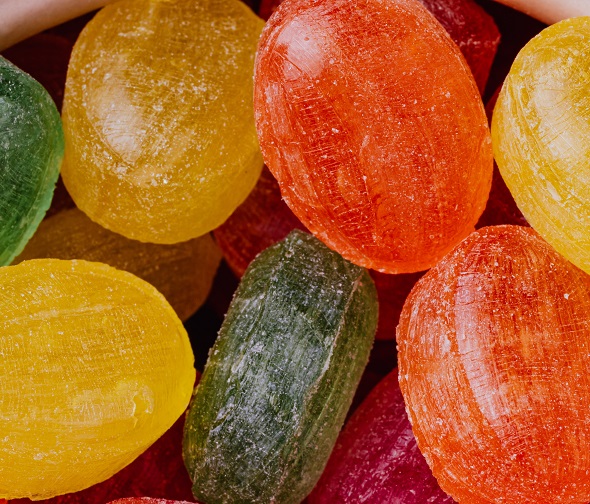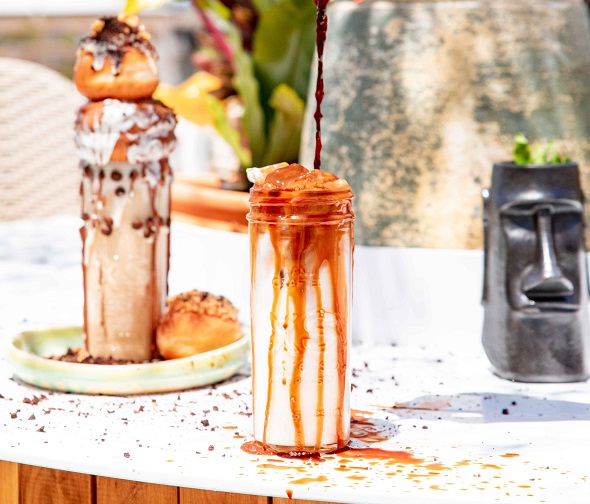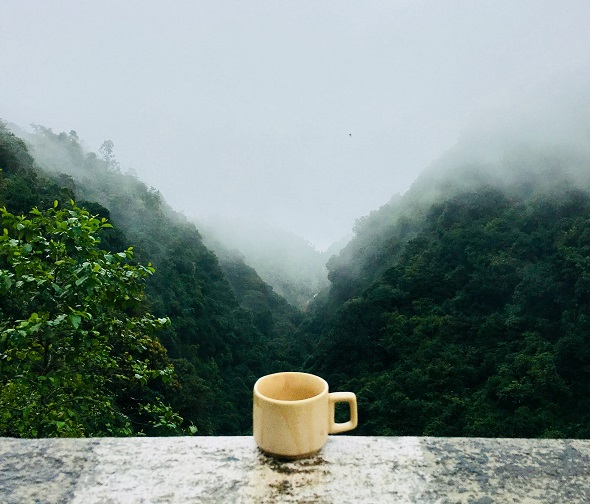What are the requirements for the combination of stevia glycosides?

 In the process of stevia side use, compounding is an extremely common process, from the general rule, no sweetener is perfect. To fit the taste curve of sucrose, two or more sweeteners are often combined to achieve the sweetness contribution.
In the process of stevia side use, compounding is an extremely common process, from the general rule, no sweetener is perfect. To fit the taste curve of sucrose, two or more sweeteners are often combined to achieve the sweetness contribution. Stevia side is also used in conjunction with various other sugar substitutes or high-power sweeteners. In this process, depending on the size of stevia, stevia may contribute the sweetness of 2 sugars and the sweetness of 3 sugars. In some special scenarios, stevia can also contribute to the sweetness of 7 sugars and 8 sugars without bitterness, and the price of this type of stevia side will be higher.
Under normal circumstances, the total content of glycosides is 95%, the content of STv is about 40%, and the content of RA is 60%, commonly known as 9560. Similarly, there are specifications called 9550 or even 9540. Using 9540 as an example, RA accounts for 40%, and STv accounts for nearly 50% more.
From the principle of recombination, there are three main states:
 The first level is the mask of taste, especially for some economic stevia glycosides, which have some impurities in them. At the same time, the content of STv in the middle of the aglycones is relatively high. At this time, you can feel that it has some aftertaste, which will remain in the throat and even some bitter aftertaste. In this case, the combination needs to focus on masking the taste, can cover up these unpleasant taste, which is the first state.
The first level is the mask of taste, especially for some economic stevia glycosides, which have some impurities in them. At the same time, the content of STv in the middle of the aglycones is relatively high. At this time, you can feel that it has some aftertaste, which will remain in the throat and even some bitter aftertaste. In this case, the combination needs to focus on masking the taste, can cover up these unpleasant taste, which is the first state. The second state is that in the process of compounding, in addition to masking the taste, it can also have a synergistic effect. Stevia side, for example, combined with other natural sweeteners, is likely to produce 1+1 greater than 2. Stevioside RA97, for example, has a synergistic effect when combined with neohesperidin dihydrochalone, which increases the multiple of their respective physiological sweetness.
The second state is that in the process of compounding, in addition to masking the taste, it can also have a synergistic effect. Stevia side, for example, combined with other natural sweeteners, is likely to produce 1+1 greater than 2. Stevioside RA97, for example, has a synergistic effect when combined with neohesperidin dihydrochalone, which increases the multiple of their respective physiological sweetness.  But looking at some of the popular stevia products in South America and Japan, we feel that the highest level of compounding is to give full play to the flavor of stevia itself. In Japan, for example, stevia, a sweetener in tea drinks and some energy drinks, was plentiful in the 1980s. These drinks can feel the aftertaste and bitterness of stevioside as a disadvantage, and when mixed with tea leaves and plant ingredients, they provide a pleasant natural plant flavor instead.
But looking at some of the popular stevia products in South America and Japan, we feel that the highest level of compounding is to give full play to the flavor of stevia itself. In Japan, for example, stevia, a sweetener in tea drinks and some energy drinks, was plentiful in the 1980s. These drinks can feel the aftertaste and bitterness of stevioside as a disadvantage, and when mixed with tea leaves and plant ingredients, they provide a pleasant natural plant flavor instead.
In such a development, more other sugar substitutes and even natural plant ingredients will be needed, working with fragrance and flavor companies to translate the flavor of stevia into a pleasing style.